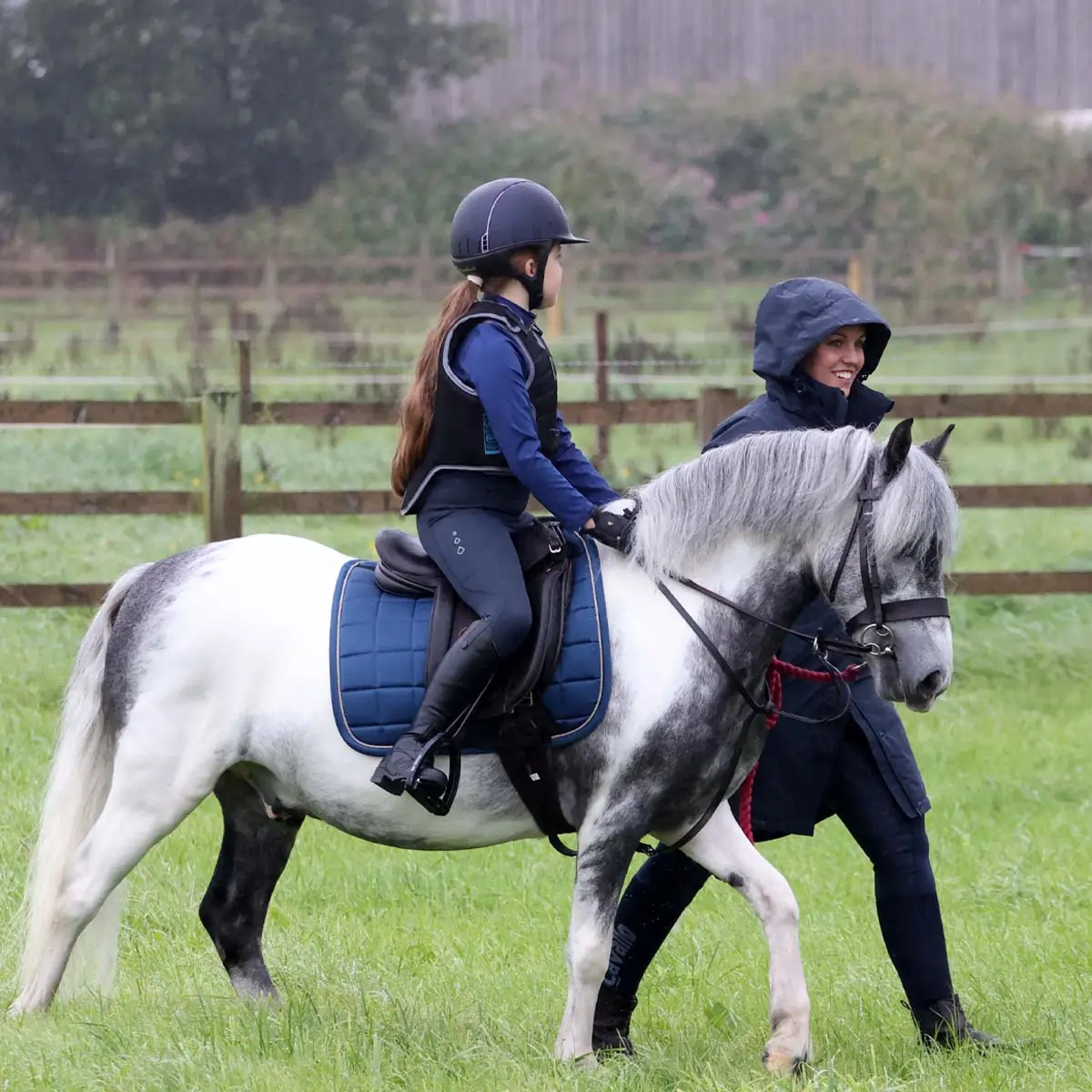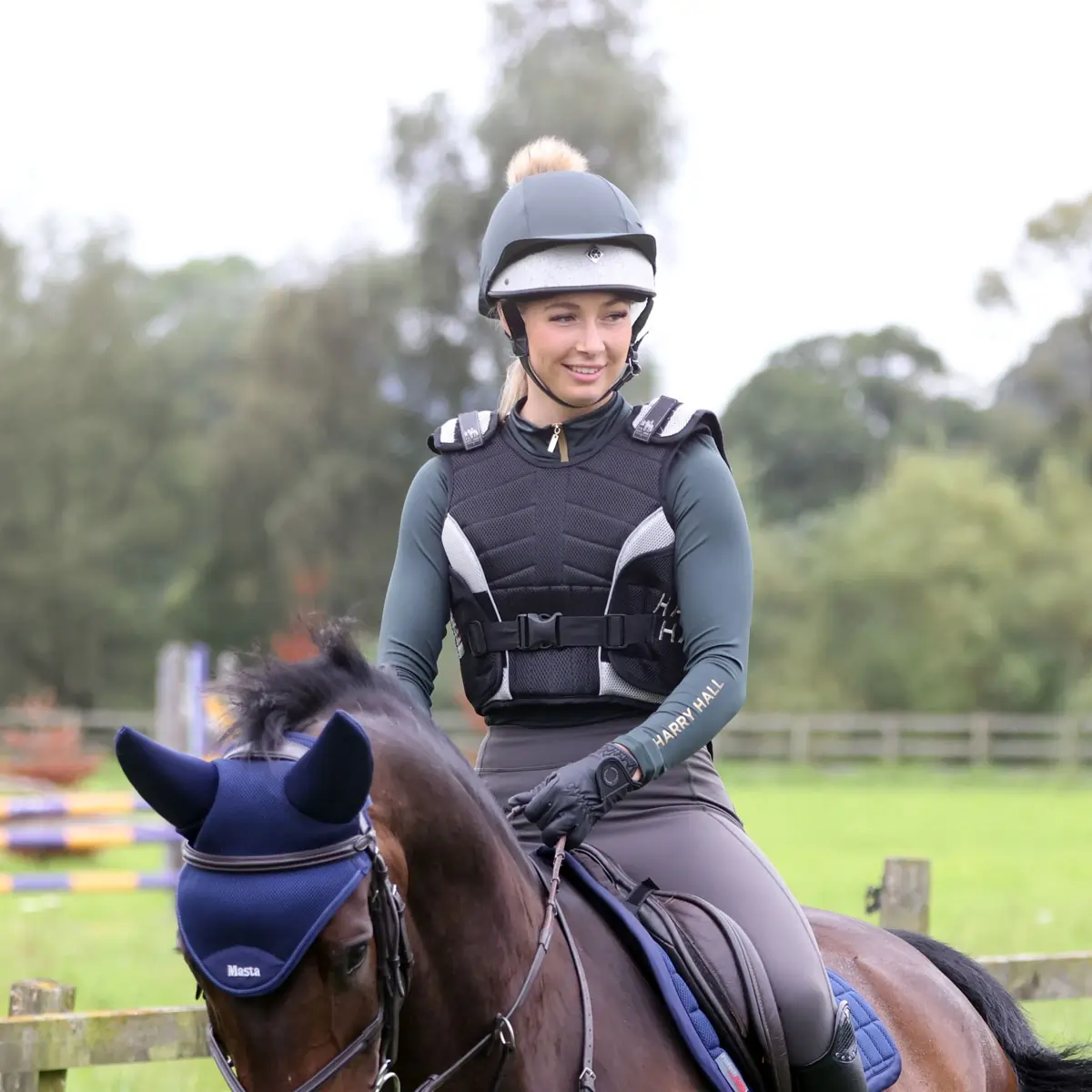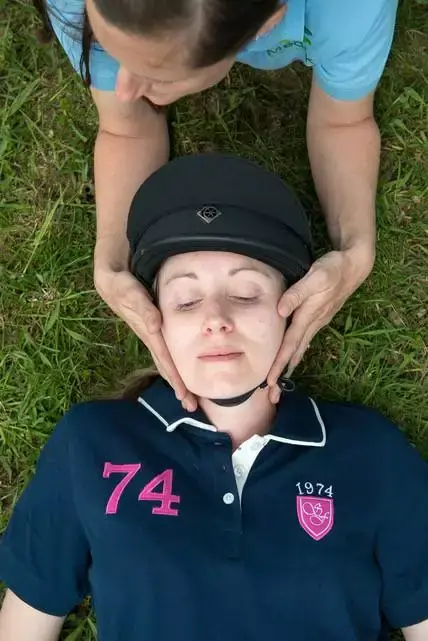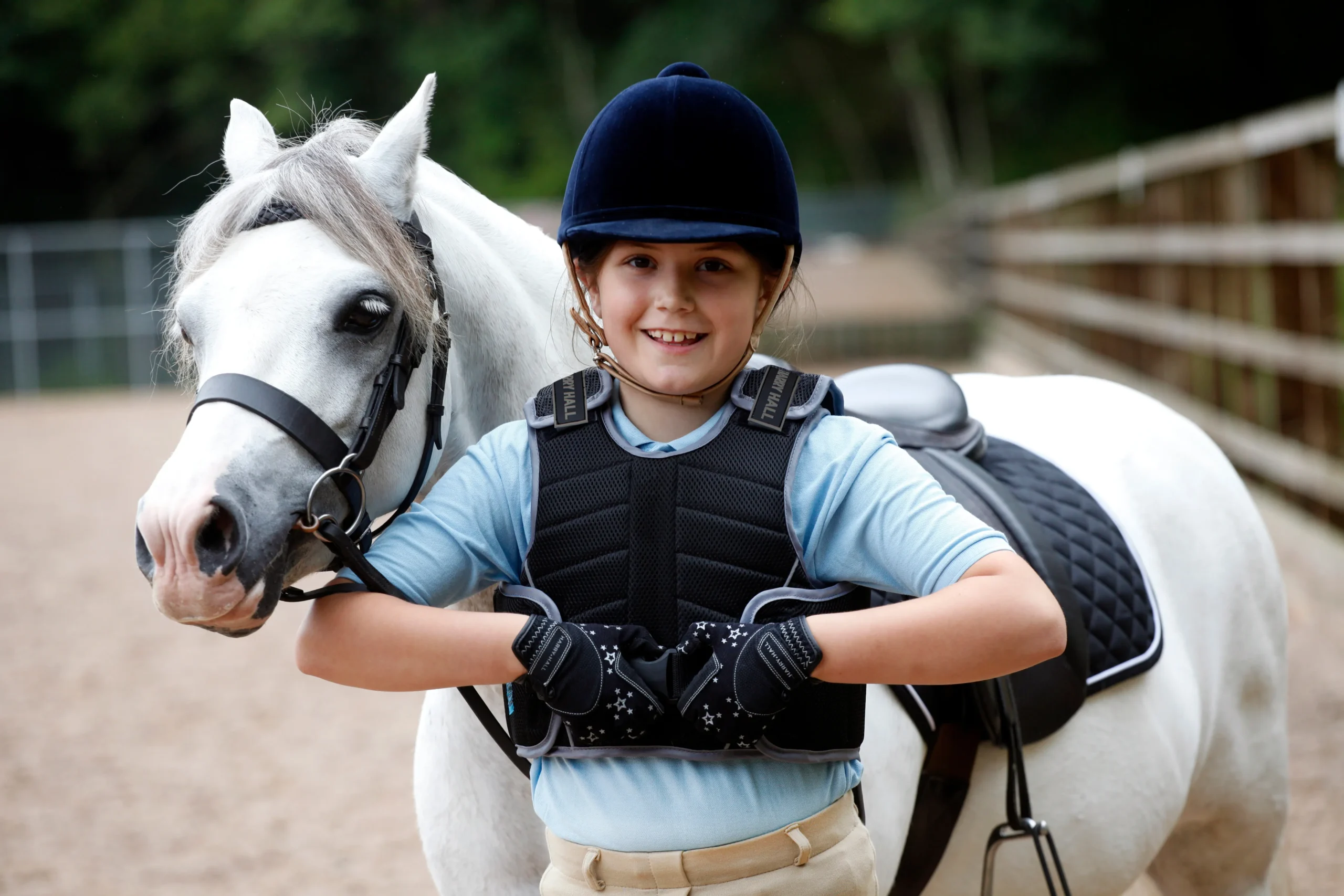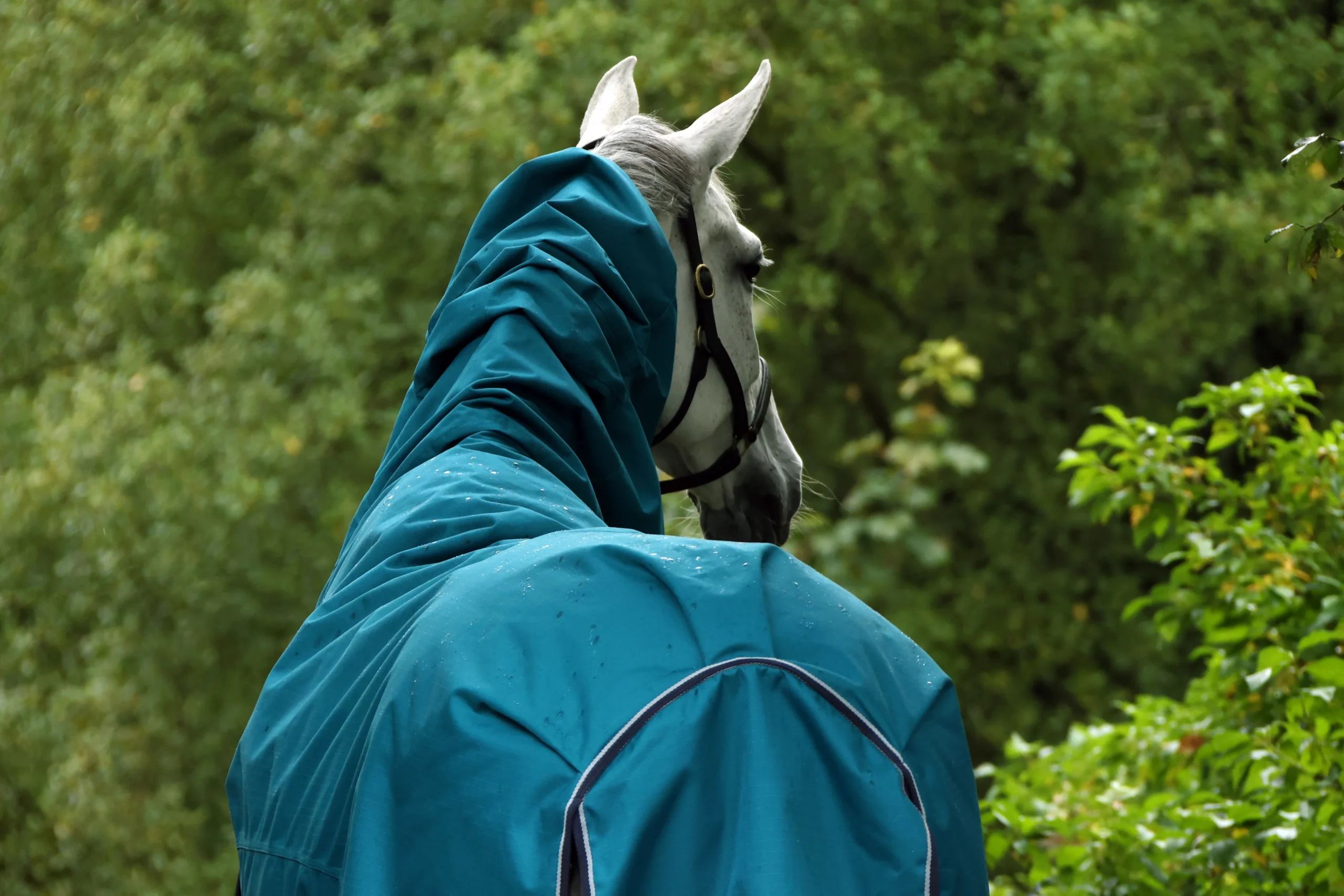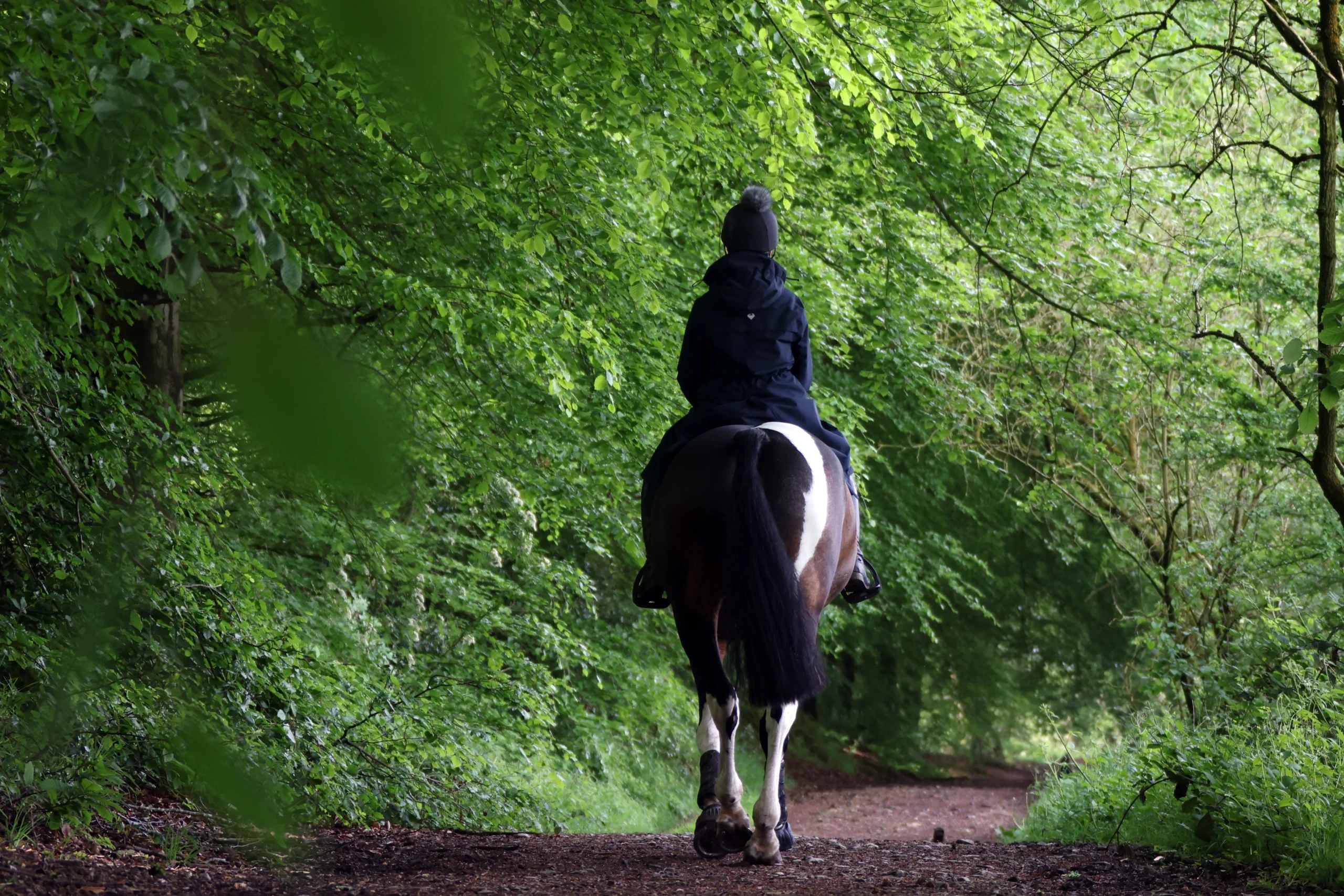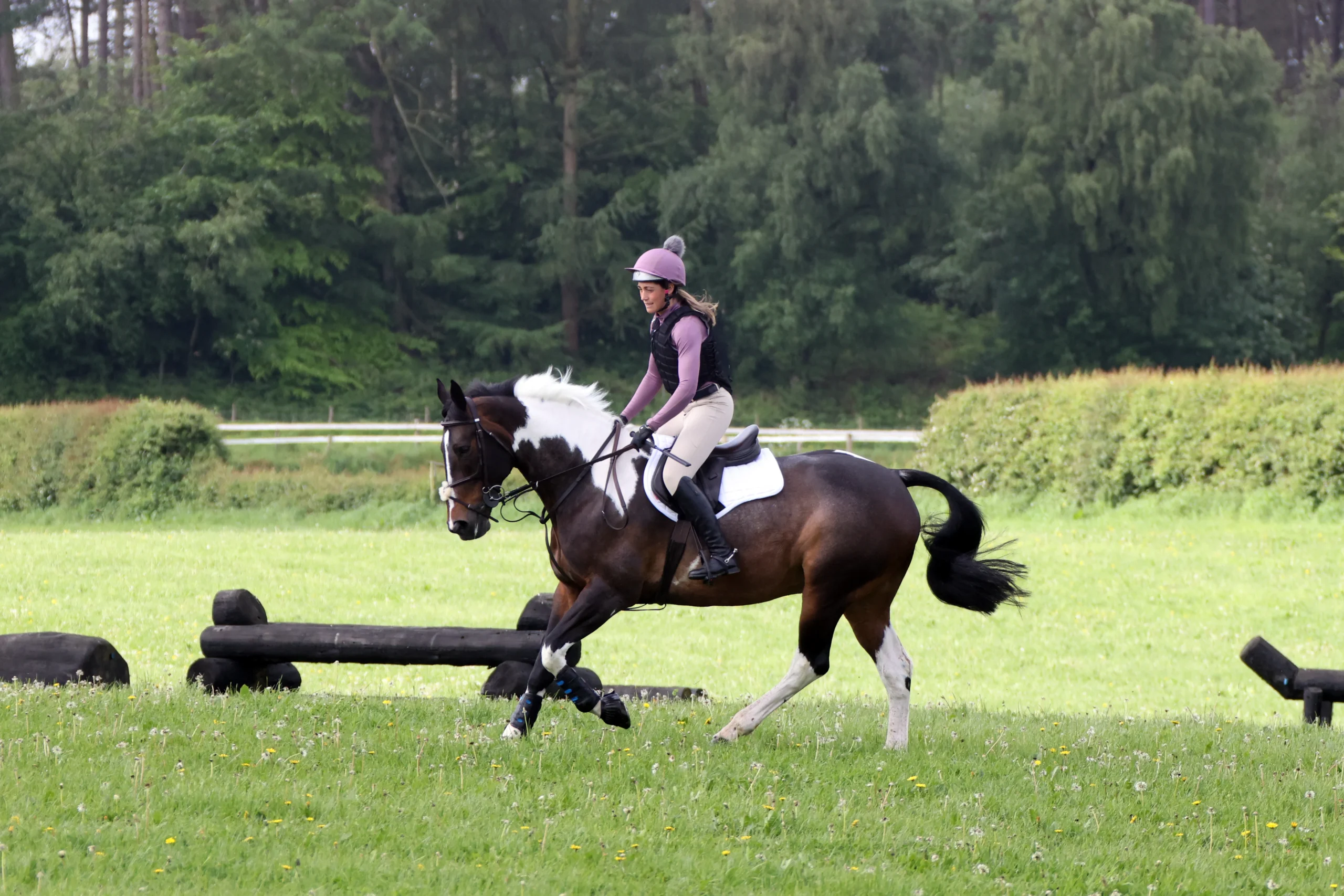If there’s a break or dislocation, a conscious casualty will hold the injured limb in the most comfortable and painless position. Your task as a first aider is to immobilise the limb in this position and arrange for medical treatment.
Shoulders are a common injury as a result of a horse-riding fall and there is a risk of more pain or damage being caused by removing the jacket in the normal way. This is where a good pair of medical scissors or shears in your first aid kit help as you can cut the jacket away in sections if you can’t remove the straps. Many other injuries caused by kicks, slips and falls require you to get to skin level to better assess and treat the injury so body protectors, and other clothing, are a barrier to this and need to come off or be cut off.
Air vest removal
The same applies to air vests – you need to find, assess and treat injuries and this can’t always be done with jackets still on. The air in the vest takes time to deflate but can be deflated more quickly by unscrewing the CO 2 canister. Remember that air vests reduce the impact but do not remove the risk of injuries so internal or external damage may still occur. This is especially true if the impact has been on hooves, fences or sharp objects.
About the First Aid Training Co-operative /Medi-K:
The First Aid Training Co-operative and Medi-K offer first aid courses for horse riders in the UK. Along with the training team at Medi-K, Cory Jones has developed an equestrian first aid manual which can be downloaded to your phone or tablet.
